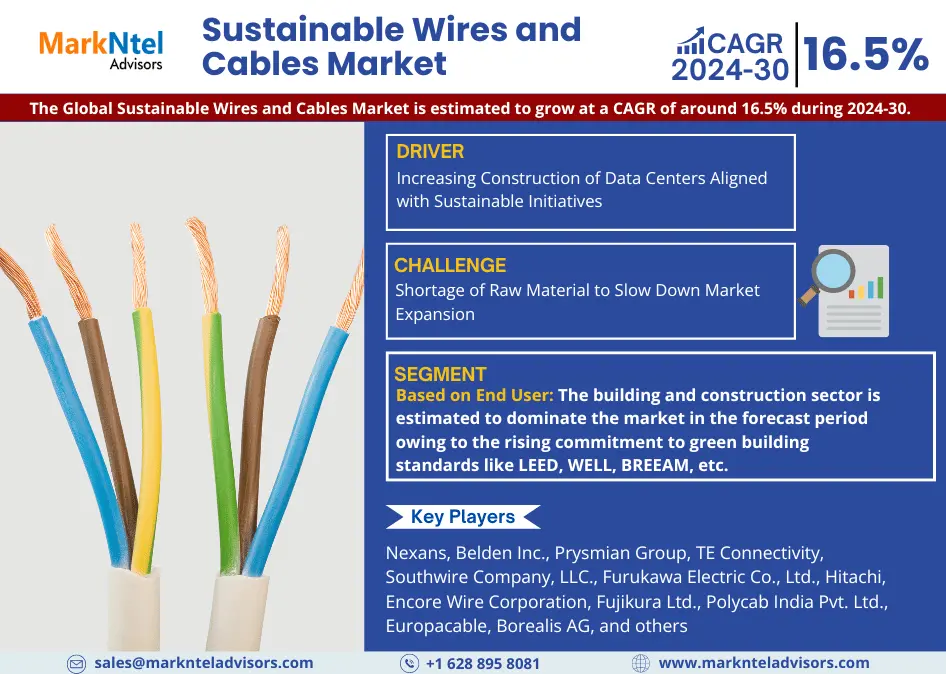The digital era has transformed countless aspects of our daily lives, from the way we shop to how we communicate and share information. Among the various innovations, the NFC digital card stands out as a groundbreaking tool revolutionizing the world of business and social networking. This technology offers a seamless, efficient, and environmentally friendly alternative to traditional ways of exchanging information.
In this comprehensive guide, we will explore the NFC digital card, examining what makes it different from conventional cards, how it works, the various benefits it offers, and how it compares to traditional methods. We’ll also discuss the implications of this technology in modern networking and its potential future impact.
Understanding NFC Technology
Before diving into the differences between NFC digital cards and traditional business cards, let’s briefly explain the underlying technology. NFC (Near Field Communication) is a wireless communication technology that allows two devices to exchange data when they are placed close together, typically within a few centimeters. It is commonly used in contactless payment systems, digital wallets, and now, NFC digital cards.
What Is an NFC Digital Card?
An NFC digital card is a modern and sophisticated tool that allows users to share their contact information with a simple tap. It contains a small NFC chip that stores data, such as your name, phone number, email address, social media links, and website. When someone taps their NFC-enabled smartphone on the card, your information is transferred instantly to their device.
The NFC digital card offers more than just a contact exchange—it provides an interactive experience, combining convenience with the ability to share more comprehensive information compared to traditional cards.
How NFC Digital Cards Work
The process of using an NFC digital card is straightforward yet highly efficient:
- Embedding the NFC Chip: A tiny NFC chip is embedded into a card made of plastic, metal, or other durable materials. This chip is programmed to hold your digital data.
- Setting Up the Card: Users can configure the data stored on the card through a dedicated online platform or app. Information such as your name, title, phone number, social media links, and digital portfolio can be added and easily updated.
- Sharing Your Information: To share your details, simply ask the recipient to tap their NFC-enabled smartphone on your card. The phone’s NFC reader will detect the chip, instantly transferring your information.
- Saving the Information: The recipient can save your information directly to their contacts or view your digital profile, depending on how the data is configured. This seamless process saves time and ensures accuracy.
Key Differences Between NFC Digital Cards and Traditional Business Cards
While both NFC digital cards and traditional business cards are designed to share contact information, they differ significantly in functionality, convenience, and environmental impact. Let’s dive deeper into these differences.
1. Data Transfer Method
- NFC Digital Cards: Information is transferred wirelessly with a tap, reducing the need for manual entry. This method is fast, accurate, and error-free.
- Traditional Business Cards: Recipients must manually enter the information into their phones or systems, which is time-consuming and prone to errors, especially if the card gets lost or if the details are misread.
2. Capacity and Flexibility
- NFC Digital Cards: These cards can store extensive information, including links to social media profiles, websites, and digital portfolios. The stored data can be updated easily and as often as needed, offering flexibility.
- Traditional Business Cards: Space is limited, and the information is static. If any details change, new cards must be printed, which can be costly and inconvenient.
3. Environmental Impact
- NFC Digital Cards: As reusable tools, NFC digital cards help reduce paper waste and minimize the carbon footprint associated with printing and disposing of traditional business cards. They are a sustainable option for environmentally conscious professionals.
- Traditional Business Cards: Millions of paper business cards are printed and discarded each year, contributing to environmental waste. The use of paper, ink, and production resources makes traditional cards a less eco-friendly choice.
4. Professional Image and Modern Appeal
- NFC Digital Cards: Using an NFC digital card projects a modern and tech-savvy image, showing that you are up-to-date with the latest trends in business and technology. This can be especially beneficial in tech-related or forward-thinking industries.
- Traditional Business Cards: While still effective, paper cards may not leave as strong an impression in a world where digital solutions are becoming the norm. They lack the interactive and modern appeal of NFC digital cards.
5. Integration with Digital Platforms
- NFC Digital Cards: These cards integrate seamlessly with digital platforms, allowing you to link your CRM system, social media accounts, and even a video introduction. This adds depth to your networking and enables efficient management of your professional contacts.
- Traditional Business Cards: Digital integration is not possible with paper cards. While scanning apps can convert printed information into digital form, they are not always accurate and may require manual corrections.
The Advantages of Using NFC Digital Cards
The NFC digital card offers a plethora of benefits that make it an attractive option for modern professionals and businesses. Here’s why more people are making the switch:
1. Efficiency and Time-Saving
Exchanging contact information with a simple tap eliminates the need for manual data entry. This not only saves time but also reduces the risk of errors. In busy networking environments, such as conferences or trade shows, NFC digital cards are invaluable.
2. Enhanced Customization
Unlike traditional cards, NFC digital cards are highly customizable. You can choose from a variety of templates, colors, and designs to reflect your brand or personal style. Additionally, you can include various links, such as your LinkedIn profile, company website, or a portfolio of your work.
3. Updatability
One of the standout features of NFC digital cards is the ability to update your information whenever needed. If you change jobs, update your phone number, or launch a new project, you can easily update the data stored on your card. This ensures that your contacts always have the latest information.
4. Analytics and Tracking
Many NFC digital card providers offer analytics that allows you to track how often your card is used, who tapped it, and where the interactions took place. This data can be valuable for understanding your networking effectiveness and following up with important contacts.
5. Contactless and Hygienic
In a post-pandemic world, contactless interactions have become a priority. NFC digital cards offer a touch-free way to exchange information, reducing the need for physical contact and minimizing the risk of transmitting germs.
6. Eco-Friendly Solution
For individuals and companies committed to sustainability, NFC digital cards are an excellent alternative to paper cards. They contribute to environmental conservation by reducing paper waste and the carbon emissions associated with printing.
How to Use NFC Digital Cards Effectively
To get the most out of your NFC digital card, follow these tips:
- Customize Your Card Wisely: Ensure your card reflects your personal or brand identity. Use high-quality images, a professional logo, and a consistent color scheme.
- Include Relevant Links: Add links to your social media profiles, website, or portfolio to give recipients a comprehensive view of your work and achievements.
- Practice Proper Etiquette: When using your NFC digital card in a networking setting, explain how it works if the recipient is unfamiliar with NFC technology. A brief introduction can make the interaction smoother and more memorable.
- Leverage Analytics: Use the data provided by your card to follow up with leads and assess which networking strategies are most effective. This can help you refine your approach and make the most of your connections.
Setting Up Your NFC Digital Card
Creating an NFC digital card is easier than you might think. Here’s a step-by-step guide to help you get started:
1. Choose a Reliable Provider
Several companies specialize in NFC digital cards, such as Popl, V1CE, Mobilo, and Linq. Research their features, pricing, and user reviews to choose a provider that best meets your needs.
2. Design Your Card
Most providers offer a user-friendly interface for designing your card. You can customize the layout, colors, and fonts to match your brand. Some platforms even allow you to include a QR code for added accessibility.
3. Configure Your Information
Add your contact details, social media links, and any other relevant information. Make sure everything is accurate and up-to-date. You can also choose what information to display first, depending on your networking goals.
4. Activate the NFC Chip
Once your design is complete, the provider will embed your data into the NFC chip. You’ll receive your card in the mail, ready to be used for networking.
5. Start Sharing
Begin using your NFC digital card by tapping it on NFC-enabled smartphones. Practice using the card and explaining how it works so you’re prepared for networking events.
Industries That Benefit the Most from NFC Digital Cards
While NFC digital cards are useful for professionals across all industries, certain sectors can particularly benefit from this technology:
- Tech and Startups: Companies in the tech space thrive on innovation and efficiency. NFC digital cards help professionals in this industry stand out and showcase their tech-savviness.
- Marketing and Sales: Networking is critical in marketing and sales. NFC digital cards simplify the process of sharing contact information and following up with leads, making them a valuable tool for these professionals.
- Creative and Freelance Professionals: Designers, photographers, and writers can use NFC digital cards to share their digital portfolios instantly. This enhances their ability to present their work on the spot.
- Corporate Executives: For high-level professionals, an NFC digital card adds a touch of sophistication and makes networking more efficient.
- Event Planners and Influencers: In industries where networking is key, NFC digital cards streamline contact sharing, helping to build and maintain connections effortlessly.
Potential Challenges of NFC Digital Cards
While the advantages are numerous, there are a few potential challenges to consider:
- Limited Compatibility: Some older smartphones may not have NFC capabilities, making it difficult for everyone to access your information. In such cases, it’s wise to have a backup option, like a QR code.
- Initial Cost: NFC digital cards can be more expensive upfront compared to printing traditional cards. However, the long-term savings and benefits often justify the investment.
- Privacy Concerns: As with any technology that handles personal data, privacy is a concern. Ensure you use a secure provider and be mindful of the information you choose to share.
The Future of NFC Digital Cards
The future of NFC digital cards is promising, with continuous advancements in technology and the increasing demand for eco-friendly solutions. Here are some trends we might see:
- Integration with Augmented Reality (AR): Imagine tapping a card and instantly viewing an AR business card with a 3D representation of the cardholder or a video introduction.
- Blockchain Security: As data privacy becomes more crucial, blockchain technology may be used to secure the information stored on NFC digital cards.
- AI-Powered Networking: AI could analyze your networking patterns and suggest contacts or follow-up actions based on the interactions logged by your NFC digital card.
Conclusion
The NFC digital card is more than just a novelty; it represents a shift in how we think about networking and information sharing. With its ability to streamline contact exchange, reduce environmental impact, and project a modern image, it’s a tool that forward-thinking professionals can’t afford to ignore.
Whether you’re an entrepreneur, a creative freelancer, or a corporate executive, investing in an NFC digital card can elevate your networking experience. As technology continues to evolve, embracing innovations like this will keep you ahead of the curve and connected in an increasingly digital world.




